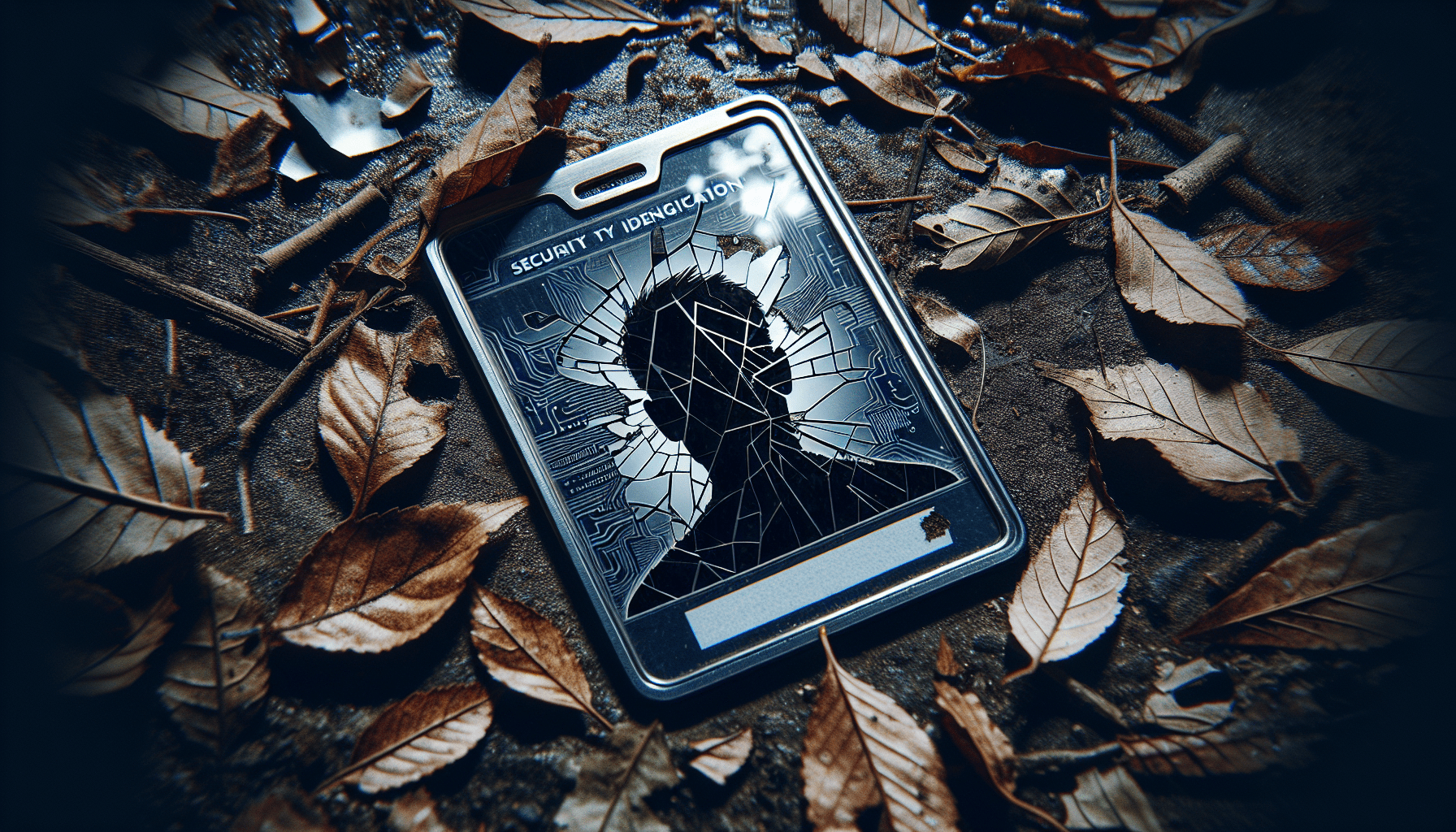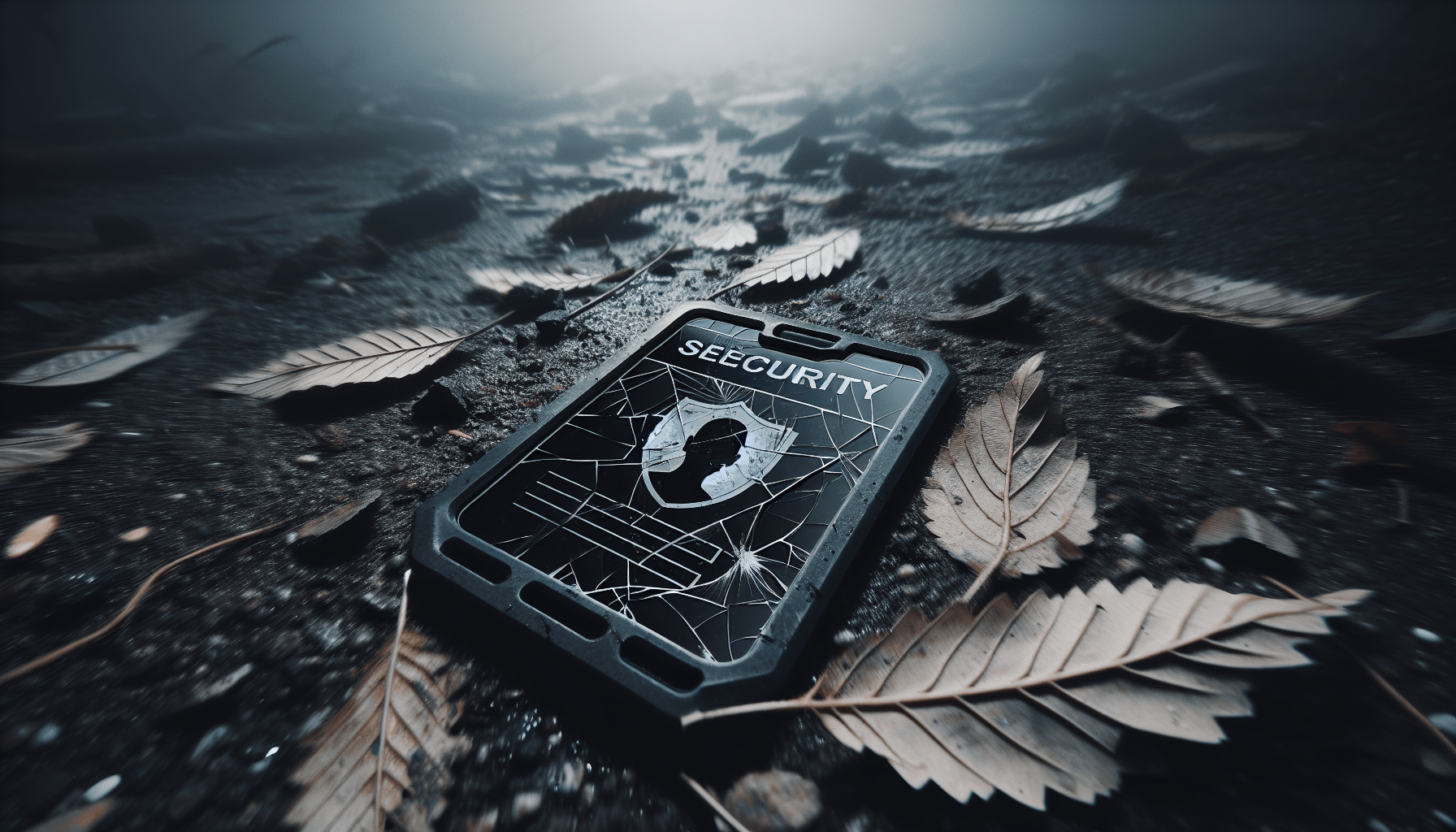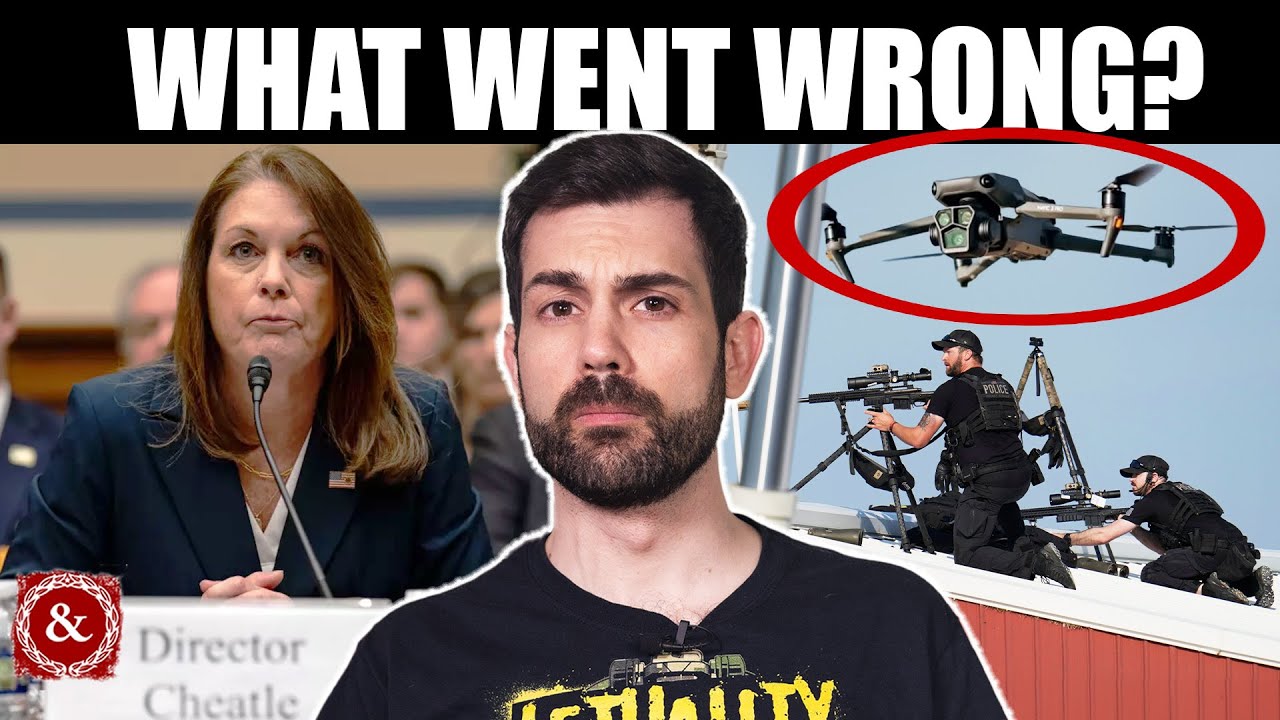The recent congressional hearings concerning security failures during the assassination attempt on former President Trump have unveiled alarming deficiencies in the protective protocols employed by key federal and state agencies. Testimonies given by head of the Secret Service Kimberly Cheatle, FBI Director Christopher Wray, and Pennsylvania State Police Commissioner Paris have highlighted serious lapses, ranging from the inadequate presence of law enforcement to significant oversight regarding counter-drone capabilities. These revelations compel a critical examination of existing security frameworks and underscore the imperative for reform in safeguarding high-profile individuals.
This article synthesizes the crucial insights garnered from over 12 hours of hearings, emphasizing the inconsistencies in testimonies, resource misallocations, and leadership failures. The findings demonstrate an urgent need for enhanced security measures, particularly in the context of emerging threats such as drone usage. Ultimately, the hearings not only exposed critical vulnerabilities in national security but also sparked a broader dialogue on the accountability of leadership within the defense and law enforcement sectors.
Overview of the Congressional Hearings
The recent congressional hearings that spanned over twelve hours represented a critical examination of security failures surrounding an assassination attempt on former President Trump. These hearings not only scrutinized the measures taken by crucial security agencies but also illustrated wider systemic issues that beset high-stakes security operations in contemporary America. Structured as a multi-part session, the hearings involved testimony from several key figures, including the head of the Secret Service, Kimberly Cheatle; the FBI Director, Christopher Wray; and Pennsylvania State Police Commissioner, Paris. Their statements collectively outlined a narrative steeped in controversy and inconsistency, offering insights into the deficiencies that led to the near-success of this assassination attempt.
Duration and Structure of the Hearings
The hearings unfolded over a marathon twelve hours, characterized by a meticulous structure that included opening statements, detailed questioning, and closing remarks. This format enabled a comprehensive exploration of security protocols and failures, allowing congressional members to dissect the events surrounding the assassination attempt in exhaustive detail. Each session was designed to facilitate critical inquiry, followed by cross-examinations from members of Congress, who sought clarity on pressing matters.
Key Figures Testifying
The central testimony came from three prominent officials—the aforementioned Cheatle, Wray, and Paris. Each figure faced intense scrutiny regarding their respective agencies’ failures and shortcomings. Cheatle, in particular, was at the forefront, embodying the focus of many congressional concerns due to the Secret Service’s evident lapses in providing adequate security to a high-profile figure. Wray’s perspective from the FBI introduced a federal viewpoint on the investigation’s inadequacies, while Paris provided insight into local law enforcement’s operational failures.
Context Surrounding the Assassination Attempt
The context surrounding the assassination attempt was marked by escalating tensions and credible threats to the former President’s safety, including specific allegations of Iranian threats against him. With the heightened stakes inherently tied to Trump’s presence, the need for robust security measures became paramount. However, the testimonies revealed a series of miscalculations that resulted in inadequate protections, thus placing significant figures at considerable risk during a politically charged rally.
Testimonies from Key Officials
Kimberly Cheatle’s Disclosures and Responsibilities
Kimberly Cheatle, the head of the Secret Service, bore the brunt of the criticism during the hearings. Her disclosures revealed a pattern of negligence that many perceived as emblematic of broader systemic failures within the agency. Cheatle’s testimony characterized her agency’s approach to security—often reactive rather than proactive—highlighting failures to act on crucial intelligence that could have mitigated risk. Her accountability was called into question repeatedly, particularly in light of her evasiveness during questioning.
Christopher Wray’s Insights on FBI Involvement
FBI Director Christopher Wray provided a critical lens on the federal investigation into the assassination attempt, shedding light on the challenges faced by the Bureau in their operational capacity. Wray acknowledged specific shortcomings in the FBI’s handling of known threats, recognizing the inadequacies that left security loopholes during the event. His insights underscored jurisdictional complexities, especially when federal and local law enforcement agencies failed to coordinate effectively.
Commissioner Paris’s Account of State Police Actions
Pennsylvania State Police Commissioner Paris’s account further complicated the narrative of responsibility. He admitted to confusion surrounding law enforcement presence, which played a crucial role in the unfolding events. Paris’s testimony was marked by contradictions—asserting that officers were posted at strategic vantage points yet later revealing lapses in their vigilance. This inconsistency drew scrutiny into how local law enforcement managed situational awareness during the assassination attempt.
Security Lapses Identified

Drone Security Shortcomings
One of the glaring security failures highlighted during the hearings was the indisputable lapses in drone security protocols. The operation of a drone near the rally site raised alarming questions regarding the lack of contingency planning for aerial threats. The absence of counter-drone technology left security personnel unprepared, underscoring a critical vulnerability that future events could exploit.
Confusion Regarding Law Enforcement Presence
The testimonies revealed significant confusion regarding the positioning and actions of law enforcement officials on the day of the event. Reports indicated that officers had vacated their posts, leading to a breakdown in security continuity. This miscommunication contributed to a chaotic operational environment, which allowed the shooter to capitalize on the absence of oversight moments before the attack.
Challenges in Weapon Concealment During the Incident
The challenges posed by the shooter’s weapon, which featured a collapsible stock, added another layer of complexity to the security breach. The design allowed for easier concealment, which hindered the ability of law enforcement to detect the threat until it was too late. The absence of robust observation measures compounded this issue, leading to a failure to intercept the shooter before he executed his plan.
Inconsistencies in Security Reporting
Contradictory Statements from Commissioner Paris
The hearings exposed a series of contradictory statements made by Commissioner Paris, particularly concerning police officers stationed in the area. His initial claim of officers being adequately posted shifted dramatically under scrutiny, leading to questions about the reliability of official accounts during critical incidents. This inconsistency not only undermined public trust but also painted a picture of disarray within the police structure.
Conflicts in Accounts of Officers’ Positioning and Visibility
Testimonies revealed substantial conflicts regarding officers’ positioning and visibility during the incident. Different accounts hinted at a lack of cohesion among law enforcement agencies, leading to a diminished ability to respond effectively to the unfolding threat. This ambiguity raised concerns about the overall preparedness of officers firstly positioned to ensure the safety of public figures.
Duration of the Shooter’s Presence on the Roof
Another point of contention involved the duration of the shooter’s presence on the roof, with conflicting reports suggesting intervals ranging from several minutes to several hours. This discrepancy played a crucial role in understanding the timeline of events, with significant implications for security protocol reviews in future operations. The uncertainty surrounding the shooter’s activity contributed to an atmosphere of confusion among security personnel.
Claims of Resource Misallocation

Ignoring Security Requests from Trump’s Team
One of the most distressing revelations to emerge from the hearings was the failed responsiveness to security requests made by Trump’s team. Despite awareness of credible threats, including intelligence regarding possible Iranian aggression, the Secret Service under Cheatle allegedly neglected crucial recommendations for heightened protective measures. This oversight formed the crux of allegations regarding systemic misallocation of resources.
FBI’s Acknowledgment of Inadequate Security Measures
The FBI’s testimony, particularly from Wray, acknowledged the inadequacy of existing security measures during the event. The lack of a comprehensive risk assessment meant that necessary precautions were not enacted when they should have been. This admission not only highlighted accountability issues but also pointed to broader governance challenges within security agencies tasked with high-profile protection.
Specific Threats That Went Unaddressed
The hearings further illuminated how specific threats were inadequately addressed, contributing to the precarious situation surrounding the assassination attempt. With credible warnings ignored or deprioritized, the incident demonstrated a major failure in threat assessment processes that ought to inform security planning for significant events.
Criticism of Leadership Accountability
Evasiveness in Kimberly Cheatle’s Testimony
Kimberly Cheatle’s testimony was met with pronounced criticism, primarily due to her evasiveness in addressing key issues of accountability. Her reluctance to provide straightforward answers reflected a defensive posture that many in Congress found unconvincing. This behavior contributed to her agency’s image as being unresponsive and disorganized.
Bipartisan Discontent Regarding Security Handling
The hearings revealed a rare moment of bipartisan discontent regarding the management of security at the event. Lawmakers from both sides of the aisle expressed frustration over leadership accountability, signaling a collective recognition that current practices failed to prevent significant risks to public safety. This unified dissatisfaction underscored the urgent need for transformative changes within security frameworks.
Calls for Resignation and Repercussions Following Testimonies
As the ramifications of the testimony unfolded, calls for resignation and other repercussions became more pronounced. Cheatle’s testimony feedback led to demands for accountability, particularly as the hearings prompted questions of moral and operational responsibility. Many stakeholders viewed this as a moment of reckoning for individuals in leadership roles, emphasizing that accountability must be a cornerstone of any reformed approach to security.
Technological Shortcomings in Security Measures

Lack of Counter-Drone Technology
The hearings spotlighted a significant technological gap within U.S. security measures: the absence of counter-drone technology. In an age where drone usage has become increasingly prevalent, this oversight reflects a failure to adapt security strategies to modern threats. The inability to neutralize drone threats not only jeopardized individuals at the rally but also exposed a broader vulnerability in national security infrastructure.
Inadequate Aerial Surveillance Tools
Further compounding the issues, the testimonies raised concerns about inadequate aerial surveillance tools. This limitation hindered the ability of law enforcement to monitor the event effectively, amplifying fears regarding the overall security environment. Failure to implement advanced surveillance techniques left critical gaps in situational awareness, ultimately contributing to the near-success of the assassination attempt.
Discussion on Future Threats from Technology
The hearings concluded with discussions about the evolving landscape of technological threats. As security measures lag behind advancements in technology, experts voiced concerns about the implications for future events. Modern threats necessitate innovative responses, prompting arguments for enhanced investment in technology that can equip security forces to deal with sophisticated risks effectively.
Implications for Future Security Protocols
Urgent Need for Reforms in Security Measures
In light of the hearings, there’s an urgent need for substantial reforms to security measures that protect high-profile individuals. Key stakeholders have recognized that existing protocols are insufficient and must evolve to address contemporary challenges. This recognition paves the way for a re-evaluation of communication channels and operational structures within security agencies.
Adapting to Modern Threats
The complexity of modern threats requires that agencies adopt a more dynamic approach to security. This necessitates a shift in thinking where agencies are not solely reactive but anticipatory in their strategies. Security planning must incorporate a comprehensive understanding of evolving threats, thereby allowing for the integration of preemptive measures against potential risks.
Integration of Advanced Technologies in Security Planning
A pressing implication of the hearings lies in the call for the integration of advanced technologies within security planning frameworks. Building a robust technological backbone through innovation can bolster agencies’ efficacy in preempting threats. As security measures evolve, so must the tools employed to safeguard individuals, ensuring that agencies remain one step ahead of potential threats.
Comprehensive Investigation on Security Failures
Entities Involved in the Investigation
As hearings concluded, a comprehensive investigation composed of multiple entities—including the Secret Service, House Oversight Committee, and FBI—was initiated. These bodies’ collaboration aims to evaluate security failures comprehensively and establish accountabilities. Their involvement emphasizes the interconnected nature of oversight and security adaptations necessary for improvement.
Expected Timeline for Findings
The investigation is expected to unfold over a sixty-day timeline, leading to crucial findings that determine the level of accountability and the future trajectory of security practices. Stakeholders are keenly awaiting recommendations that may emerge from this inquiry, especially in light of the significant lapses revealed in the hearings.
Goals of the Inquiry and Anticipated Outcomes
The overarching goal of the inquiry is to provide clear insights into the events surrounding the assassination attempt and identify actionable recommendations to prevent future threats. Anticipated outcomes include a redefinition of best practices for security agencies and a framework for fostering better coordination among federal and local law enforcement.
Conclusion
Summary of Key Findings from the Hearings
A close examination of the hearings reveals critical gaps in security protocols, primarily concerning the Secret Service, the FBI, and local law enforcement. Key findings highlight inadequacies in preparedness, coordination, and resource allocation that ultimately culminated in significant security failures. The inconsistencies in testimonies further compromised the credibility of agencies involved, necessitating immediate reform measures.
Importance of Accountability in Security Operations
The hearings underscored the paramount importance of accountability in security operations. Holding leadership to account for operational failures is essential to ensure that lapses like those witnessed do not recur. The event serves as a stark reminder that robust security practices evolve from a culture steeped in transparency and accountability.
Lessons Learned for High-Profile Event Security Management
The lessons derived from this inquiry will resonate through future security management for high-profile events. Future protocols must embrace adaptability, technological innovation, and strategic foresight to address emerging threats. This paradigm shift signifies a crucial step toward enhanced security arrangements, ensuring that the protection of public figures remains a paramount priority in governance.
